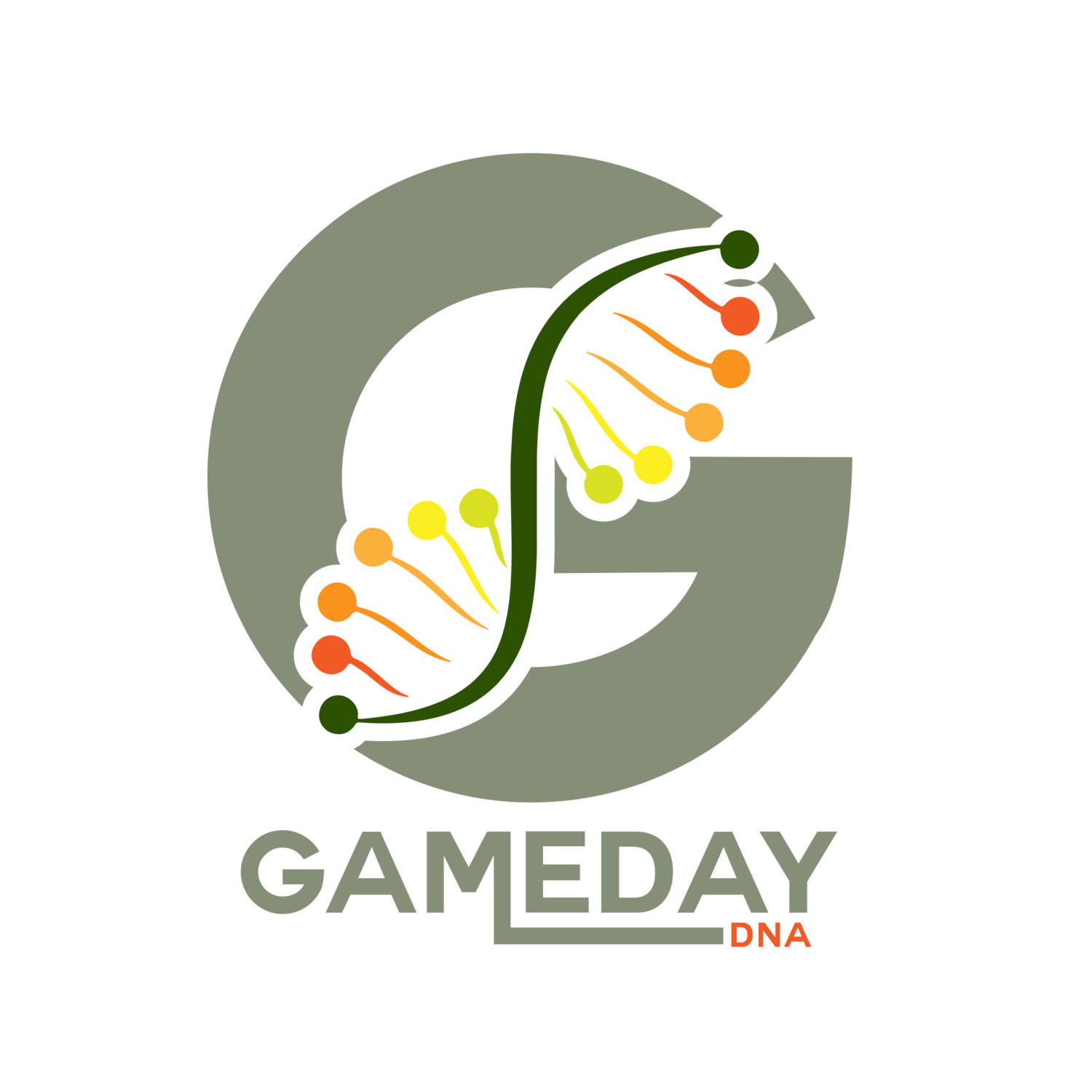How Paternity Test Samples Get Contaminated – Avoid Common Mistakes
Why Sample Purity Matters in Paternity Testing
Accurate paternity test results depend on the integrity of the DNA samples collected. Contamination can lead to inconclusive results, delays, or even false outcomes. This guide explores common ways paternity test samples become contaminated and provides actionable tips to ensure reliable results.
1. The Process of Home DNA Paternity Testing
The Testing Kit and Collection Process
Home DNA testing kits are designed for convenience but require careful handling to avoid contamination. The kit typically includes sterile cheek swabs, instructions, and secure packaging. Following the instructions precisely is critical for maintaining sample purity.
2. The Risk of Contamination: Understanding Potential Pitfalls
The Impact of Contamination
Contaminated samples can result in inconclusive findings, delayed reports, or inaccurate interpretations. Even minor errors like touching the swab tip or improper storage can compromise the reliability of your test.
Contaminated Activities to Avoid
Avoid eating, drinking, smoking, or chewing gum within 30 minutes before collecting your DNA sample. These activities can introduce foreign particles that affect test accuracy.
3. Meticulous Sample Handling: Avoiding Cross-Contamination
Maintaining Clean Hands
Wash your hands thoroughly before handling DNA swabs to prevent cross-contamination. Touching the swab tip or surfaces can transfer bacteria or foreign particles.
Wearing Gloves
Using gloves minimizes the risk of contamination by creating a barrier against external substances that might affect the collected DNA.
Proper Sample Placement
Place swabs in their designated containers immediately after collection. Contact with surfaces or improper storage can degrade the quality of the DNA sample.
4. The Role of Packaging: Ensuring Safe Transit
Packaging Quality
Secure packaging is essential for maintaining sample integrity during transit. Use the materials provided in your kit to prevent exposure to moisture or contaminants.
Moisture Concerns
Excess moisture can degrade DNA samples, making them unusable for analysis. Ensure swabs are dry before sealing them in their containers.
Avoiding Mold Formation
Improperly stored samples may develop mold, compromising their usability. Always follow storage instructions provided in your kit.
5. Preventive Measures for Accurate Results
Precise Instructions Matter
Prevent contamination by adhering strictly to the instructions provided with your testing kit. Thorough preparation ensures reliable outcomes.
Implications of Contamination
Contaminated samples delay processing, causing frustration and potential disruptions to plans. Ensuring proper handling minimizes these risks.
Conclusion: Securing Accurate Results Through Best Practices
Accurate paternity testing depends on preventing contamination at every step—from sample collection to packaging and transit. By following these guidelines, you can ensure reliable results while avoiding biological mishaps that could undermine confidence in your test outcomes.
Frequently Asked Questions About Paternity Testing
Can contamination alter DNA structure or produce false results?
No, contamination doesn’t alter DNA structure but introduces foreign materials that may interfere with analysis, causing delays or inconclusive findings.
How can I minimize the risk of contamination during sample collection?
Minimize risks by following precise instructions, washing hands before handling swabs, wearing gloves if possible, and storing samples securely in their designated containers.
What are the implications of a contaminated sample?
A contaminated sample may result in delayed processing, inconclusive findings, or additional costs for retesting. Proper handling ensures accurate results on the first attempt.
Follow us on Instagram and Twitter! If you have questions about paternity tests or other DNA testing services, please contact our Client Support Center at 302-529-1789, Mon-Sunday from 8:00 AM to 9:00 PM Eastern Time. Our friendly, expert representatives are ready and happy to help. Get answers anytime by visiting our Help Center.


